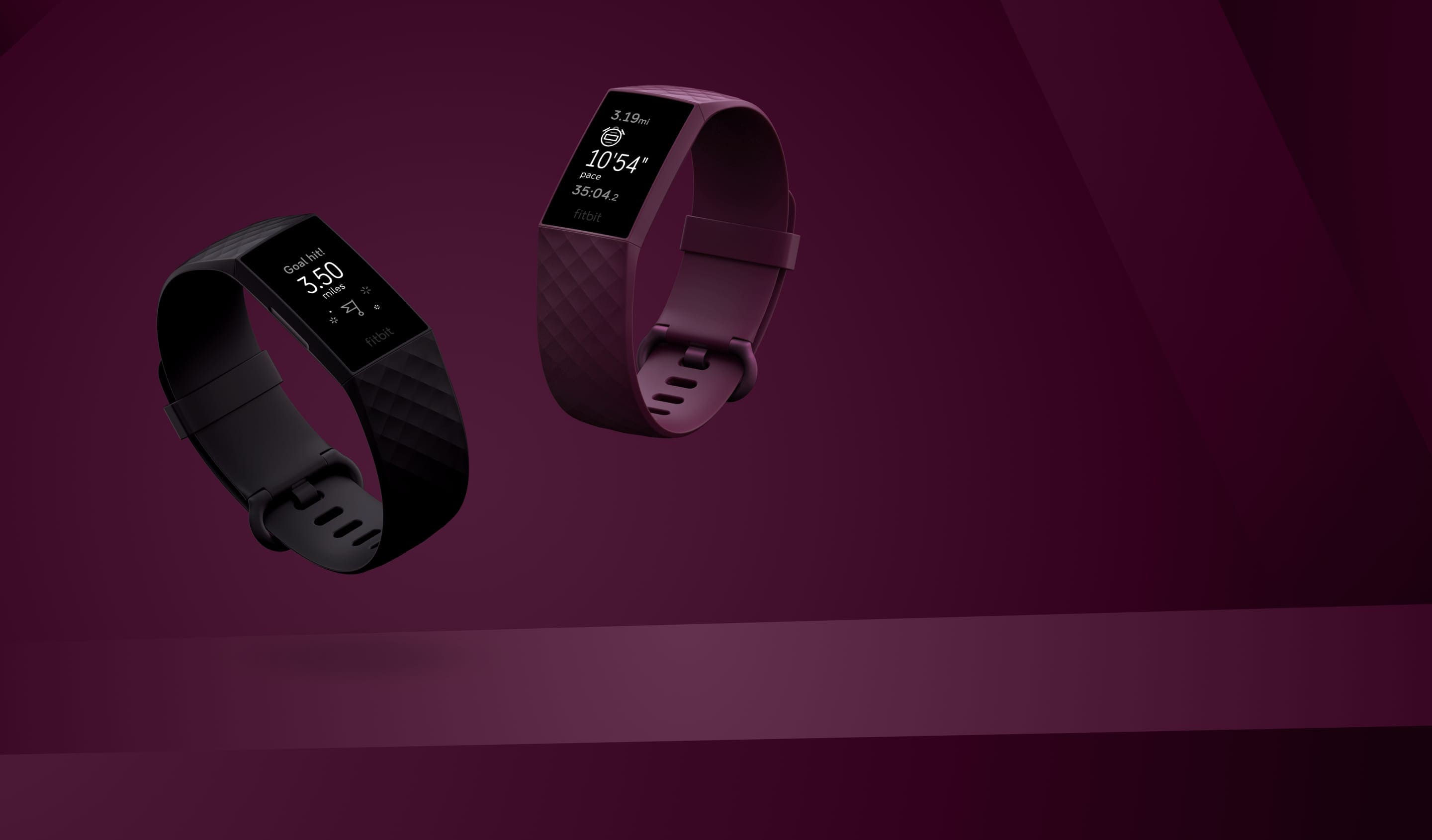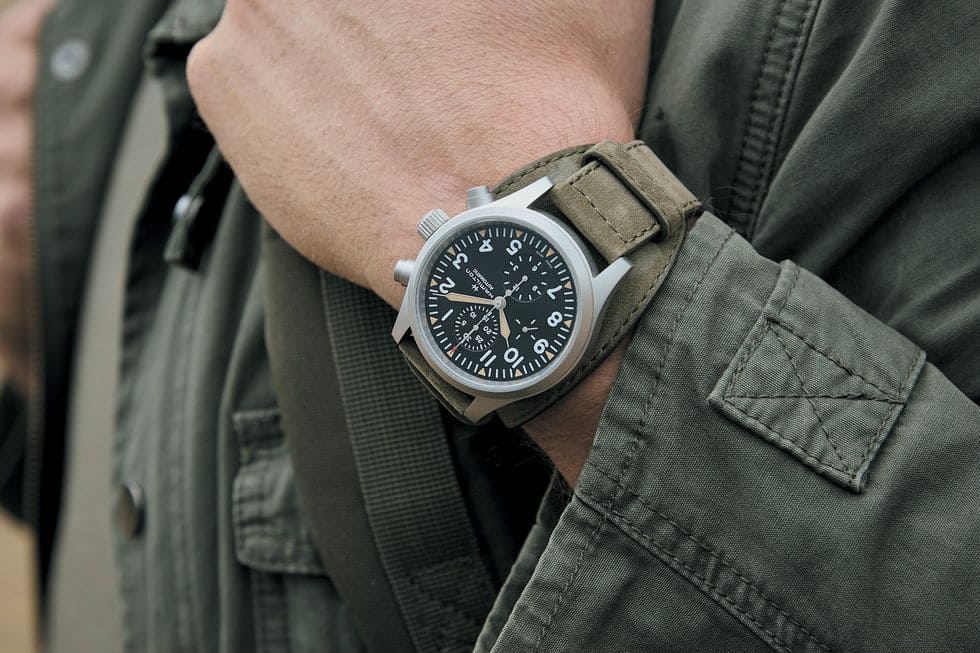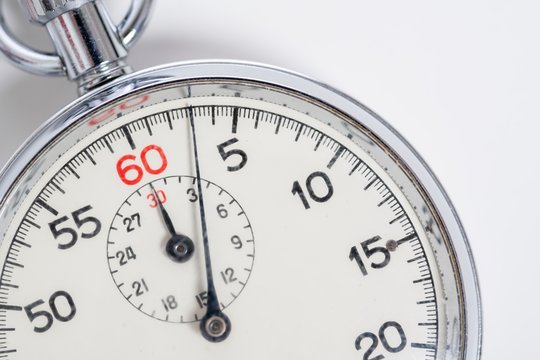Did you know that a statistic represents your total fitness in an all-encompassing way? Everything you need to know about your Fitbit cardiac fitness score is included in this article.
Additional Reading: Which VO2 Max Watch Is Most Accurate?
What is My Current Level of Cardio Fitness?
Your level of cardiovascular fitness is an essential indicator of your overall health. Increasing one's ability for endurance offers a number of advantageous effects. You'll be able to perform at a higher level, you'll feel better overall and experience less stress, and there's a chance you'll even be able to turn back the hands of time!
A recent study conducted and released by the Department of Sport Science in the Medical Section of the University of Innsbruck in Austria highlights how essential it is to maintain a healthy level of physical fitness as you age. This is especially true during the latter years of one's life.
"At this time, it is impossible to extend the lifespan that is genetically fixed with regular exercise training," the article states. "However, the opportunity to achieve the later end of organic lifespan increase with increased personal exercise in middle age, where one may launch aimed prevention and control efforts."
Even if a person who is physically fit does not live longer, they will almost certainly enjoy a more significant number of years of good health over their lifetime. This highlights the need to maintain a healthy weight and engage in regular physical activity. Here is when the cardiac fitness score provided by Fitbit comes into play.
How Do I Determine What my Score for Cardio Fitness Should Be?
Fitbit evaluates your cardiac fitness level based on several factors, including your age, gender, weight, resting heart rate, and other personal information. These elements significantly impact the level you are now operating at. Adding your weight to the app and keeping it up to date is another smart thing to do if you use this one.
For instance, it is typical for a person's score to get lower as they get older. However, Fitbit will compare your levels to those of other people of the same age and gender group. After all, comparing the physical condition of a man who is 70 years old to that of a person who is 20 years old would be pointless.
For those runners who do not have access to a GPS device, the metric system offers a wide choice of options. This method of computation does not require any physical exertion at all.
You can significantly improve the accuracy of your cardio fitness score by running for at least ten minutes at a rate that is appropriate for you while keeping your GPS turned on. This is because the statistic relies on the correlation between your moving pace and your heart rate.
Those who are more physically fit will maintain a lower heart rate while running at the same pace as those who are less physically fit. Make a couple of trips outside and alternate between brisk and leisurely running. After doing so, you will be able to have a great deal more faith in the integrity of the findings.
When you are measuring, Fitbit recommends switching to multi-sport mode and ensuring you are running on a level surface. When everything is said and done, the findings will be skewed in your favor if you are running downhill, but they will work against you if you are running uphill.
The associated mobile app has the score, which can be accessed there. To view your heart rate, tap the tile in the dashboard that corresponds to it, and then swipe left on the top graph. You will receive either an exact or a range of values as a result.
Additionally, it will reveal the level of your cardio fitness. You are placed into one of these six categories based on your performance: poor, fair, average, good, very good, or excellent. Everything has been color-coded so that it is simple and easy to grasp. It would be best if you worked toward getting to the green color as quickly as possible.
You will see more information when you expand the graph by clicking on the double arrow in the top right corner. In addition, this will provide information on how to raise your score.
Last but not least, discussing the many tools at your disposal for determining your aerobic fitness score is essential. They encompass everything that has a beating heart.
Therefore, even an earlier wearable would be sufficient, like the Alta HR, Charge 2, Blaze, or Ionic. Those with a GPS already built-in are preferable because they do not require the use of a smartphone to acquire a satellite signal. Charge 4, Versa 3, and Sense are some of the mobile electronic devices that belong to this category.
Additional Reading: Smartwatch Radiation - Health Risks & Protection Tips
Is the VO2Max a Separate Measurement from the Aerobic Fitness Score?
The answer, in a nutshell, is "not really." Both operate according to the same fundamental principle. Your VO2 Max is what Fitbit refers to as your "cardio fitness score," and the device estimates it.
The term "VO2Max" is commonly used for sports watches because it has a more scientific connotation. The letters get their meanings from the words "volume," "oxygen," and "maximum," respectively. The value of the metric can be stated either as an absolute rate in liters of oxygen per minute (L/min) or as a relative rate in (for example) milliliters of oxygen per kilogram of body mass per minute (mL/(kgmin)). This article contains further information regarding Vo2Max.
How do I Enhance my Cardio Fitness Score?
The most important thing for you to do is to engage in regular physical activity and ensure that your weight is within a healthy range. There are numerous different methods by which you can improve your cardiac fitness score. In particular, interval training is an excellent technique to improve your overall level of fitness.
As your level of physical fitness increases, you should gradually progress to workouts of moderate and vigorous intensity. In addition to this, you need to make sure that you go about things in a measured manner. Walks at a fast pace should be performed three to four times per week for someone who has a poor cardio fitness score.
According to Fitbit, an increase in physical activity can help you improve your score by as much as 20 percent over the course of two to three months. When aiming to enhance your score, intensity is more important than the time of your workouts or how often you do them.
Additional Reading: Let's Find Out The Smartwatches That Can Play Apple Music
Your weight is an additional factor that this equation should not overlook. If you have too much of it, losing weight in a healthy way (and reducing the proportion of body fat you have) will be of tremendous assistance to you in improving your fitness level.
Veronica is a culture reporter at Collaborative Research Group, where she writes about food, fitness, weird stuff on the internet, and, well, just about anything else. She has also covered technology news and has a penchant for smartphone stories. .
Leave a reply
Your email address will not be published. Required fields are marked *Recent post

What is the Difference Between Garmin Connect Vs Strava?



